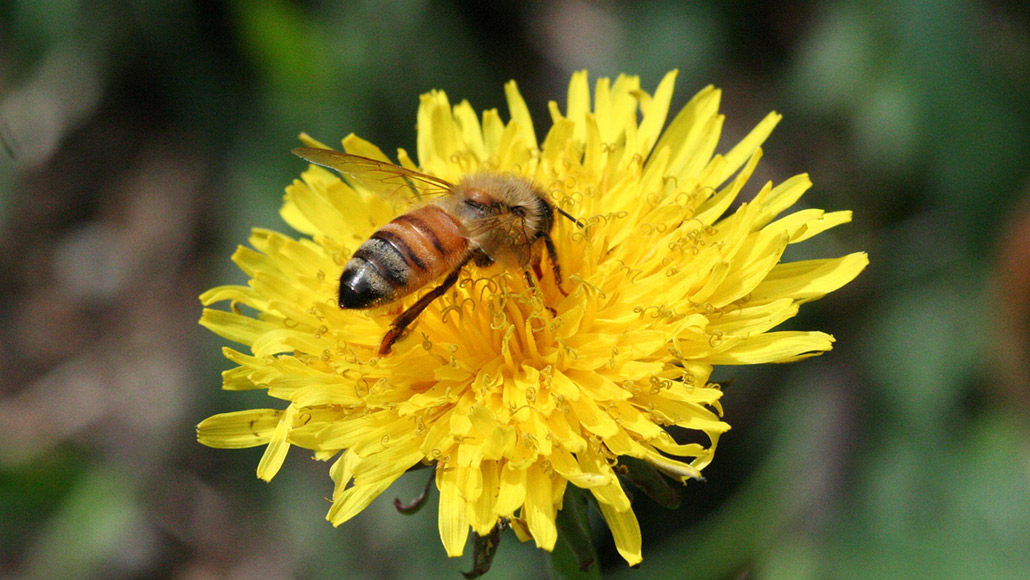
Honeybees play an essential role in agriculture, and might be affected by the electromagnetic fields of power lines.
Lesley Ingram/Bugwood.org (CC BY 3.0)

Honeybees play an essential role in agriculture, and might be affected by the electromagnetic fields of power lines.
Lesley Ingram/Bugwood.org (CC BY 3.0)